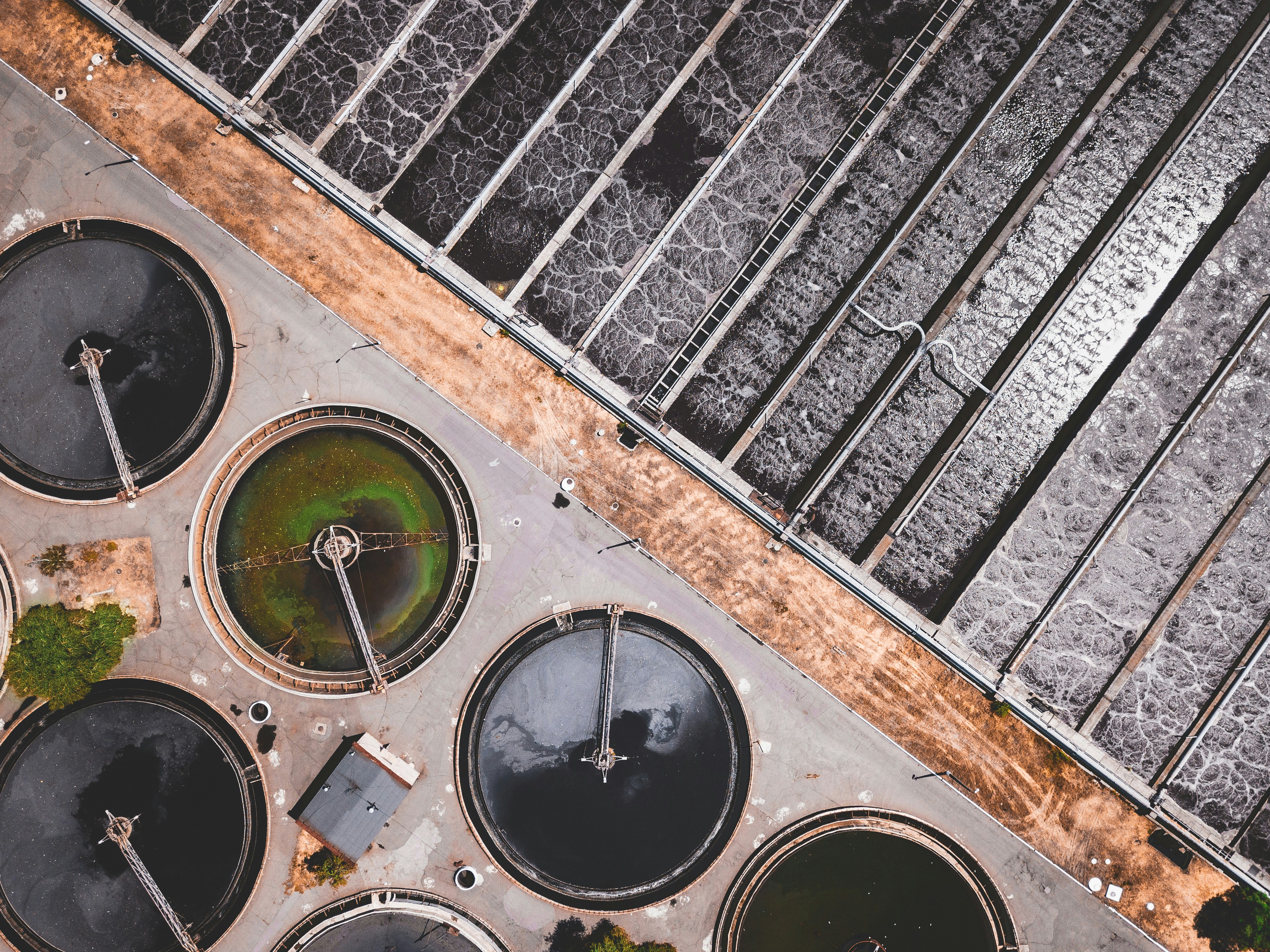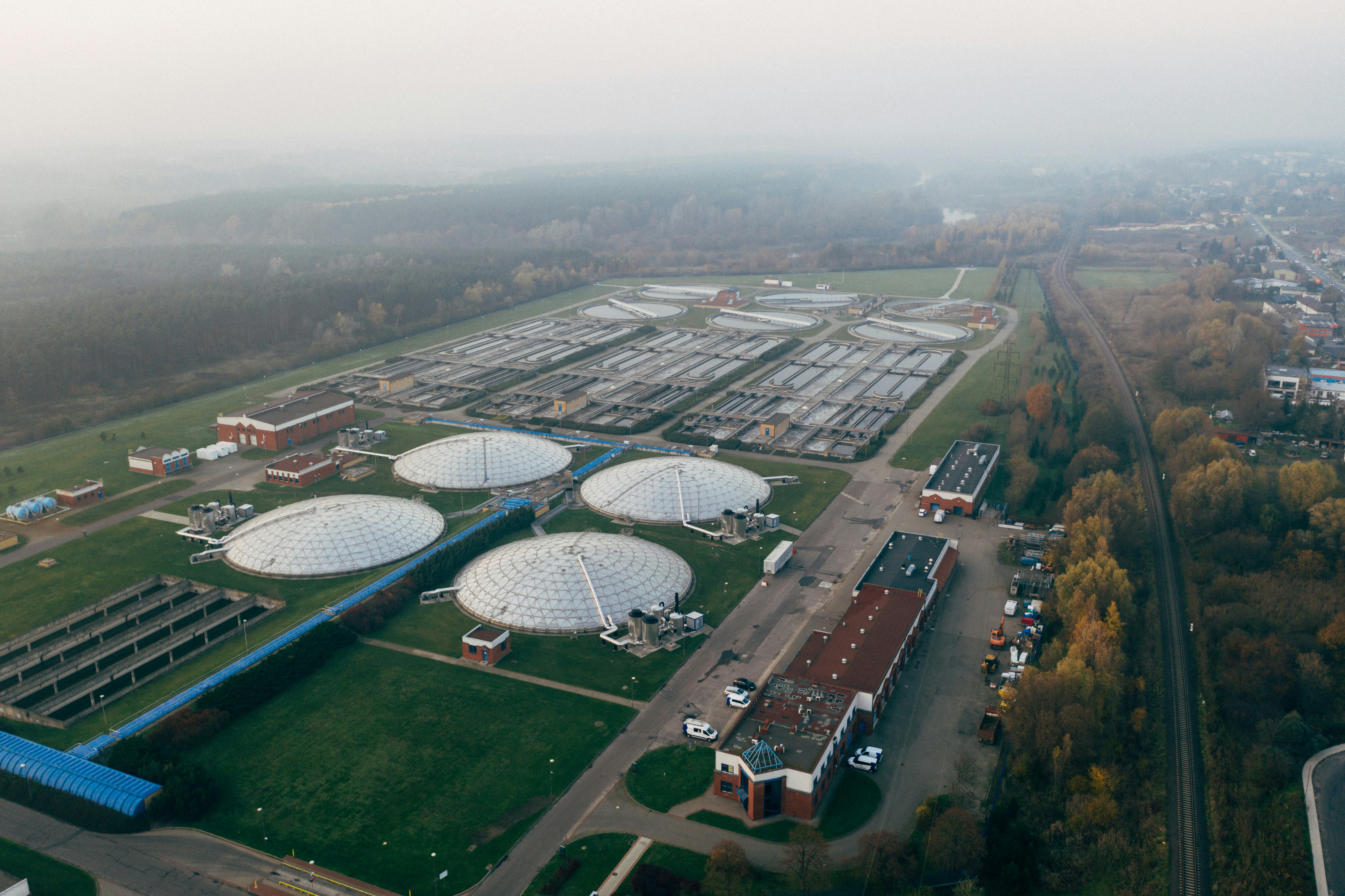As we all know, humans can’t drink unfiltered saltwater. The salt in saline water can’t be processed by our kidneys as quickly as the water itself. This means that, while our bodies pass the water naturally, the salt stays behind, essentially dehydrating us further the more we drink. But the oceans that stretch across the globe provide have huge reserves of saltwater. Will these huge bodies of water never be accessible for drinking? Technological advancements in water filtration systems are making it possible to desalinate water, with the goal is of making reverse osmosis filtration for saltwater and, therefore, clean water accessible to individuals.
What is reverse osmosis?

Filtering water through reverse osmosis (RO) produces high-quality drinking water. RO filtration involves a thin, porous membrane that only water molecules can pass through. The pores of the reverse osmosis membrane are so small, it stops any solids or dissolved salt from passing through the membrane surface. Using the desalination process to create clean water that is safe to drink is done most efficiently with an RO system. Reverse osmosis systems are so effective that they are commonly used in residential, commercial, and industrial water filtration.
Clean water is achieved by applying pressure to the water in the first stage as it’s passing through the reverse osmosis membrane. RO systems can also remove heavy metals and other toxic materials that are affecting water quality. Once the RO membrane catches the solids and pollutants, the clean water passes through and the RO system flushes the pollutants away.
How are RO membranes and equipment cleaned?

All membrane manufacturers agree that reverse osmosis membrane cleaning is critical to the health of the membrane and the entire RO system itself. There are RO membrane cleaning guidelines that are universally agreed upon that protect the efficiency and performance of an RO system. The RO membrane should be cleaned when the normalized permeate flow has decreased 10% from the initially accepted test conditions of membrane performance. Membrane cleaning is also necessary when there is a 15% increase in the overall pressure drop in the RO system.
If you don’t clean the RO membrane at the appropriate time, membrane fouling occurs and it can do irreversible mechanical damage to the performance of an RO system, flow rate and water quality. A reverse osmosis membrane requires periodic foulant removal, and it must be performed at the right time with the proper water temperature and cleaning solution depending on the type of fouling and the type of membrane. Some RO systems have a clean in place (CIP) system design that allows you to perform an on-site chemical cleaning. Depending on the type of membrane, you have to use certain detergents and cleaning solutions or the fouling buildup on the membrane surface will lead to problems with your RO system. This is why it’s important to analyze your RO membrane before a chemical cleaning in order to determine the type of membrane fouling that is occurring.
Certain changes in membrane performance of an RO system are indicative of particular types of fouling. If there are increased pressure drops in the first stage with organic fouling in the RO system, this could indicate bacterial fouling on the RO membrane. The best chemical cleaning process for the reverse osmosis membrane under these circumstances is a low pH detergent followed by a soak in an alkaline cleaning solution. If there are increased pressure drops in the RO system during the second stage, this is indicative of mineral deposits building up on the membrane. In order to find the proper cleaning solution for the RO membrane, you must identify the mineral scale. Depending on the type of organic matter, the membrane may require a low pH cleaning solution or an alkaline cleaner.









